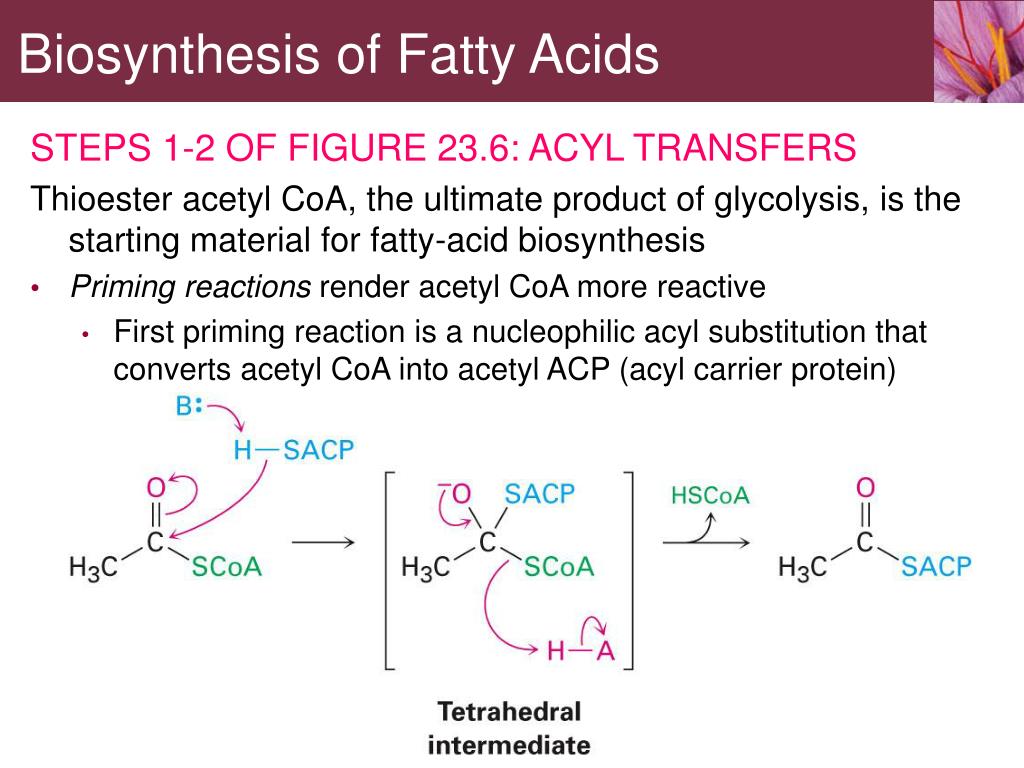

The reaction of CH3OOH with OH leads to an overall loss of radicals, however. The photolysis of CH3OOH returns two radicals, CH30 and OH. Its formation by reaction 3 removes two radicals, CH302 and H02. The fate of CH3OOH has a significant impact on the methane oxidation chain. The lifetime of CH3OOH in the troposphere resulting from photolysis and reaction with OH is ~ 2 days.

The reaction of CH302 with H02 leads to the formation of methyl hydroperoxide, CH3OOH The CH30 + 02 reaction is so rapid that reaction 2 can be written as The only important reaction for the methoxy radical under tropospheric conditions is with 02 to form formaldehyde (HCHO) and the H02 radical: The reaction with NO leads to the methoxy radical, CH30, and N02: Under tropospheric conditions, the methyl peroxy radical can react with NO, N02, H02 radicals, and itself the reactions with NO and H02 are the most important. Despite its long lifetime, because of its high concentration (about 1750 ppb), CH4 exerts a dominant effect on the chemistry of the background troposphere.

At T = 273 K and = 106 molecules cm"3, the lifetime of CH4 against OH reaction is about 9 years. The rate coefficient for reaction 1 is k\ = 2.45 x 10~12 exp (-1775/T) cm3 molecule"1 s_1. So that the CH4-OH reaction may be written concisely as The principal oxidation reaction of methane, CH4, is with the hydroxyl radical:Īs in the case of the hydrogen atom, the methyl radical, CH3, reacts virtually instantaneously with 02 to yield the methyl peroxy radical, CH302


 0 kommentar(er)
0 kommentar(er)
